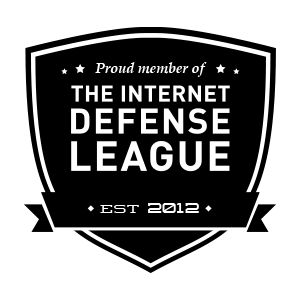FCC Reclassifies What Broadband Is – Increases Speeds Five-Fold
Score two for the government today! First, they sued a reasonably sized cell phone carrier for misrepresenting their services as unlimited, now they have finally made the push to increase the minimum speeds required to be classified as “broadband”. The FCC definition of broadband hasn’t been increased in many years, and was only a paltry 4Mbps – which is barely enough to watch a YouTube video at 720P. Now the minimum requirements for broadband are 25Mbps down and 3Mbps up.
This is another win for the internet. The next big step is to get the internet reclassified as a utility, so it has to be upgraded, maintained, meet standards, and cannot receive massive rate increases.
* For clarification’s sake: Mbps = Megabits per second, or one-eighth of a Megabyte per second (MBps).
Info revealed at the FCC Hearing:
- 17 percent of all Americans (55 million people) lack access to 25 Mbps/3 Mbps service.
- 53 percent of rural Americans (22 million people) lack access to 25 Mbps/3 Mbps.
- By contrast, only 8 percent of urban Americans lack access to 25 Mbps/3 Mbps broadband.
- Rural America continues to be underserved at all speeds: 20 percent lack access even to service at 4 Mbps/1 Mbps, down only 1 percent from 2011, and 31 percent lack access to 10 Mbps/1 Mbps, down only 4 percent from 2011.
- 63 percent of Americans living on Tribal lands (2.5 million people) lack access to 25 Mbps/3 Mbps broadband
- 85 percent living in rural areas of Tribal lands (1.7 million people) lack access.
- 63 percent of Americans living in U.S. territories (2.6 million people) lack access to 25 Mbps/3 Mbps broadband.
- 79 percent of those living in rural territorial areas (880,000 people) lack access.
- Overall, the gap in availability of broadband at 25/3 closed by only 3 percentage points last year, from 20% lacking access in 2012 to 17% in 2013
- Overall, the broadband availability gap closed by only 3 percent last year.
- Americans living in rural and urban areas adopt broadband at similar rates where 25 Mbps/ 3
- Mbps service is available, 28 percent in rural areas and 30 percent in urban areas.
- Approximately 35 percent of schools lack access to fiber, and thus likely lack access to broadband at the Commission’s shorter term benchmark (adopted in its July 2014 E-rate Modernization Order) of 100 Mbps per 1,000 users, and even fewer have access at the long term goal of 1 Gbps per 1,000 users
Source:
http://www.fcc.gov/document/fcc-finds-us-broadband-deployment-not-keeping-pace





